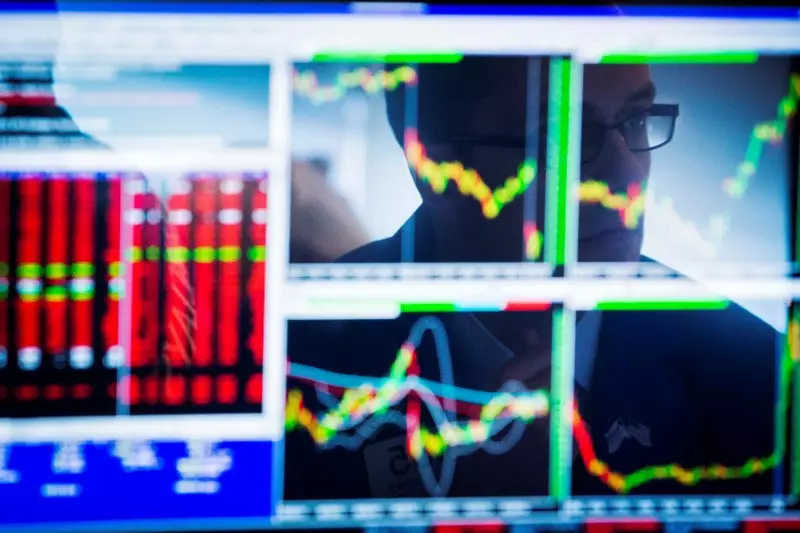The Iranian rial has reached unprecedented depths, reflecting an alarming trajectory that underscores the combined weight of domestic fiscal mismanagement and geopolitical tensions. As of late, the rial plummeted to an astonishing 756,000 against the U.S. dollar on the unofficial market. This decline signals not only an economic crisis but also a manifestation of the volatile political climate surrounding Iran, especially in light of intensifying international scrutiny and impending shifts in U.S. policy.
With an inflation rate hovering around 35%, Iranian citizens are increasingly pushed toward seeking alternative assets to protect their savings, such as foreign currencies, precious metals, and cryptocurrencies. This trend illustrates a lack of confidence in the rial and suggests a broader economic malaise affecting everyday Iranians. The continuous depreciation of the rial makes imports more expensive, exacerbating existing economic struggles for ordinary people and fuelling a vicious cycle of inflation and devaluation.
The recent market fluctuations have been inextricably tied to broader political dynamics, namely the anticipated return of Donald Trump to the presidency. His prior tenure was marked by a stringent “maximum pressure” strategy aimed at crippling the Iranian economy through harsh sanctions. Such a strategy not only diminished Iran’s economic stability but also heightened fears about the future of the nuclear agreement, which had been designed to limit Iran’s uranium enrichment capabilities in exchange for the easing of sanctions.
The recent resolution passed by the International Atomic Energy Agency (IAEA), largely supported by European powers, further complicates Iran’s economic landscape by increasing the likelihood of renewed sanctions. This adds a layer of uncertainty, as the geopolitical chessboard shifts, leaving many Iranians wondering how to safeguard their financial futures amidst rising tensions with Western powers.
Since sanctions were re-imposed in 2018 following Trump’s exit from the nuclear deal, the rial has lost more than 90% of its value, painting a stark picture of economic devastation. The considerations for average Iranians extend beyond daily transactions; people now face existential questions regarding investment, savings, and future prosperity. As long as the geopolitical landscape remains fraught with tension and potential conflict, the rial will likely continue its downward spiral, with dire implications for Iran’s economy and social fabric.
In synthesis, the relentless decline of the rial is not merely an economic issue; it is emblematic of deeper political fissures and the precariousness of international relations. The confluence of high inflation, a lack of consumer confidence, and looming sanctions suggests that Iran is at a crossroads. Unless constructive dialogue can replace hostility on the global stage, the prospects for recovery appear dim, leaving many to wonder what the future holds for this beleaguered economy.

